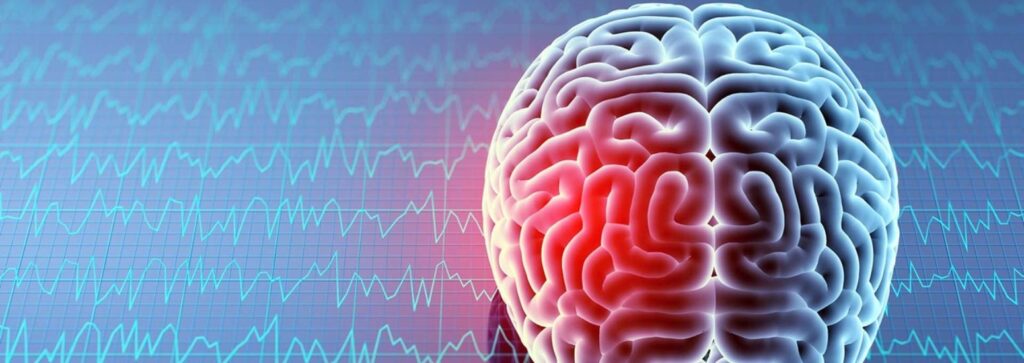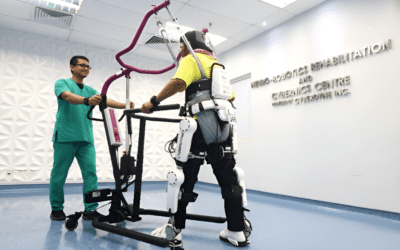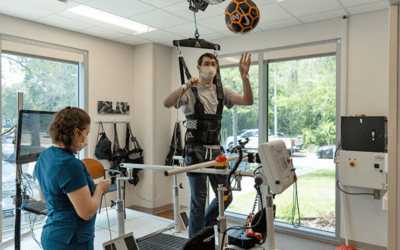Traumatic Brain Injury happens when a sudden injury causes damage to your brain. A “closed head injury” may cause brain damage if something hits your head hard but doesn’t break through your skull. A “penetrating head injury” occurs when an object breaks through your skull and enters your brain.

The rehabilitation process should be started as early as possible after acute trauma, preferably at the intensive care unit, as soon as the patient’s clinical status allows for acute rehabilitation. Acute phase. Rehabilitation interventions in patients with TBI should begin as soon as their clinical condition allows.
Symptoms after Traumatic Brain Injury(TBI)
- Dizziness
- Confusion
- Loss of coordination
- Slurred speech
- Memory problems
- Personality changes
- Headaches
- Convulsions
- Poor concentration
Rehabilitation can take many forms depending on the patient’s needs and might include physical, occupational, and speech therapy, as well as psychiatric care and social support. All of these are designed to help the person recover from the effects of their injury as much as possible.
Rehab can help:
- Improve your ability to function at home and in your community
- Help treat the mental and physical problems caused by TBI
- Provide social and emotional support
- Help you adapt to changes as they occur during your recovery
Best Practises for Traumatic brain injury TBI

Neurorehabilitation of TBI is a vast, many-sided topic—ranging from early rehabilitation of patients with impaired consciousness to support and accompanying reintegration of patients in their social and professional environments.
The goal of the interventions in traumatic brain injury is to achieve the highest possible level of independent function for participation in daily activities.
- People with traumatic brain injury (TBI) may follow multiple care pathways and receive multiple types of interventions to assist them in recovering from the physical, cognitive, emotional, and behavioural consequences of their injuries. Care options include inpatient and outpatient rehabilitation, nursing home care, and community-based services. Some people need lifelong care, while others may benefit from periodic follow-up to anticipate factors that could lead to decline.
- Evidence supports the efficacy and cost-effectiveness of TBI rehabilitation. Although many patients with moderate to severe TBI would benefit from comprehensive interdisciplinary inpatient rehabilitation, most are discharged to home or to skilled nursing facilities that may not provide intensive, comprehensive, or specialised therapy and that offer limited opportunities for re-evaluation.
- Barriers to accessing comprehensive inpatient rehabilitation include the need for insurance preauthorisation, lack of available beds in rehabilitation facilities, location of a facility far from a person’s home and family, inconsistent quality of rehabilitation services, and hesitancy on the part of facilities to take patients who may not be able to be discharged home after rehabilitation.
- Lack of access to TBI-informed outpatient physical and mental health services and lack of awareness or resources to address needs among those returning to work and school after TBI can hinder the recovery process for those with less severe TBI.
Traumatic Brain Injury affects the families and caregivers of those who experience the injury. Families need culturally competent information on their loved one’s injury and likely course of recovery, as well as strategies for reducing burdens commonly reported by families and caregivers.
TBI rehabilitation interventions need to prioritise patient-centred outcomes and consider not only the person with the injury but also the person’s family or caregivers.
Once acute interventions have stabilised the condition of a person experiencing traumatic brain injury, the need for rehabilitation and follow-up services becomes paramount.
So, connect with us at www.rehabmodalities.com to learn more about our rehabilitation therapy.
To know more write to us: info@rehabmodalities.com



